Kythera
Discover Kythera
Everything You Need to Know About Your Holidays on Kythera
Holidays in Kythera – One Island, Endless Experiences
Nestled between the Peloponnese and Crete, Kythera stands proud as an undiscovered paradise. With medieval castles, picturesque villages, traditional architecture, and more than 60 beaches, the island offers authentic experiences far from mass tourism.
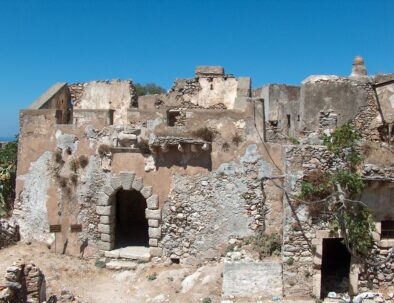
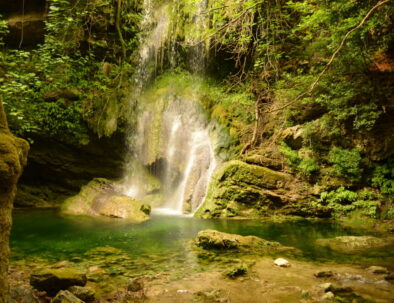
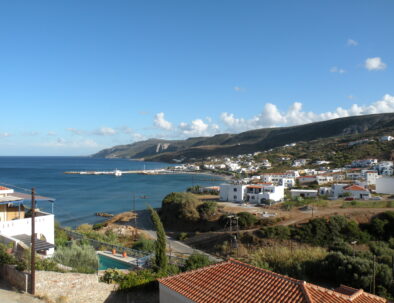
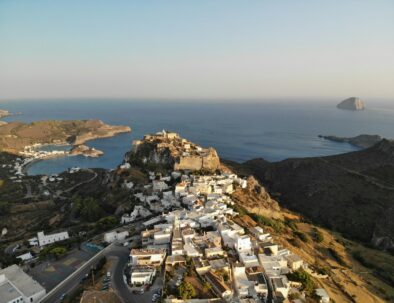
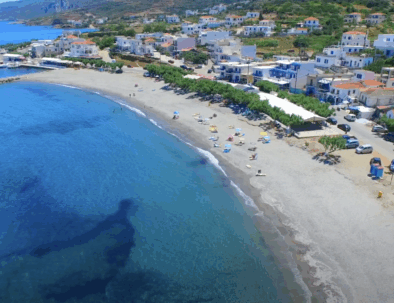
Exploring the Island
Words alone can barely capture the magical allure of Kythera. A place full of secrets waiting to be uncovered.
Also known as Tsirigo, Kythera is the southernmost point of the Ionian Islands, located at the entrance of the Laconian Gulf. The island maintains a strong insular identity, with traditional architecture dominating most villages, Byzantine churches, and a Venetian castle towering above Chora.
Local festivals and celebrations held during the summer allow you to experience the vibrant folk traditions of Kythera, still alive to this day.
Don’t miss the Wine Festival in Mitata, the Feast of Panagia Myrtidiotissa (24 September), or the Feast of Agia Elessa (1 August).
Start your journey in the island's northernmost village, Plateia Ammos. A small coastal settlement with charming houses and seaside tavernas. Here ends a gorge that begins in Gerakari, full of springs with cool, fresh water. The village’s peaceful atmosphere makes it an ideal vacation spot. A dirt road leads to Cape Spathi, where you can see the Moudari Lighthouse (1857), one of the tallest in Greek seas. You can visit it via a footpath, and the lighthouse keeper may even let you explore inside. With clear weather, you can view the entire Laconian Gulf from here.
From Plateia Ammos, head southwest to Karavas (3 km) for a walk in the lush ravine with plane trees and running water, or visit the springs of Amir Ali.
On the northeast coast lies Agia Pelagia, home to the island’s oldest port, a beautiful beach, and many tavernas and accommodations. Here ends the gorge of Kakia Lagada – a breathtaking landscape not to be missed.
Driving through pine forests, you’ll reach Potamos, the island’s largest village. A vibrant hub of traditional houses, old mansions, a Venetian garrison, and the neoclassical nursery school. Enjoy local specialties at tavernas, or explore its many lodging options. Be sure to visit on a Sunday to experience the bustling open-air market in the central square. On August 15, the village hosts a grand festival with dance, food, and local wine.
Further south is the traditional village of Aroniadika, with white Cycladic-style houses, arches, and courtyards filled with bougainvilleas. Here, you'll find high-quality local honey.
From Potamos, signs lead to Paleochora, 8 km away – the island's former Byzantine capital. Now in ruins atop a steep hill, the city is hidden from sea view and protected by ravines. Destroyed in 1537 by pirate Barbarossa, it remains an awe-inspiring site with remnants of homes and churches.
Return to the main road heading south toward Chora, the island’s capital and administrative center. Drive to the lively Kapsali for a dramatic view of Chora and its medieval castle overlooking the sea. Kapsali is Kythera’s nightlife heart, with cafés and ouzo bars open all day.
In Chora, wander narrow alleys lined with aristocratic homes. Houses are tightly built, with narrow arch-covered streets in simple island architecture and Venetian flair. Don’t miss the Archaeological Museum at the town entrance.
Castle Lovers, Take Note
Chora Castle: Once home to the Venetian island commander, built in late Byzantine times. Inside, see Byzantine churches and preserved buildings. The old governor’s mansion now houses the Historical Archive of Kythera.
Kato Chora Castle (Mylopotamos): Features preserved homes and exquisite Byzantine churches. At its entrance stands the Lion of St. Mark, symbol of Venice.
Avlemonas Castle: Built by Venetians at the port entrance to protect the harbor.
Visit Housti Cave (Diakofti) and Agia Sophia Cave (Mylopotamos) – the latter is the most significant. With a length of 100m and area of 2,000m², it's adorned with stunning stalactites and stalagmites. At the entrance lies the church of Agia Sophia with an 18th-century iconostasis and 13th-century frescoes by painter Theodoros.
Other Attractions
Milapidea School: Overlooking Livadi, this English-era school building is well preserved.
Windmills & Watermills: Built in the 19th century, found on village outskirts. Only three watermills retain their main mechanism and are mostly found in the Mylopotamos ravine.
You can also visit the 23 surviving watermills, of which only three retain the most important parts of their mechanisms in relatively good condition. Most are located in the ravine of Mylopotamos, near the village of the same name.
– The ancient port of Scandeia Here you will find ancient tombs that are open to visitors.
– The Katouni Bridge Built in 1826 during British rule. It is 110 meters long, 6 meters wide, and up to 15 meters high. It rests on 13 arches and 12 cylindrical openings in perfect symmetry.
Taste the Sweet Delights of Kytherian Tradition
– Kytherian thyme honey, known for its distinct taste, aroma, and golden color.
– Fatourada, the island’s delicious liqueur made from pure tsipouro and cinnamon-clove infusion, or flavored with fruits like mandarin, orange, or apricot, using time-consuming processes involving their peel or pits (sun-dried fatourada).
Kythera’s wine scene is also particularly interesting. Wine lovers will find opportunities for wine tourism on the island, along with several bottled local wines. Try native grape varieties such as Arikanas (produces rosé wines), Roditis, Petrolanos, and Kydonitsa (for white wines), as well as Toukoumaki (for dark red wine). One thing is certain during your stay: good food and wine will take center stage!
Before leaving Kythera, we recommend buying a dried bouquet of Sempreviva – a unique souvenir. This beautiful endemic flower grows only in the southern areas of the island, in steep rocky spots, including on the rocky islet of Chytra, opposite Diakofti. Its Italian name (“sempre viva” – forever alive) reflects its ability to remain unchanged for a very long time!
The journey to Kythera never truly ends…